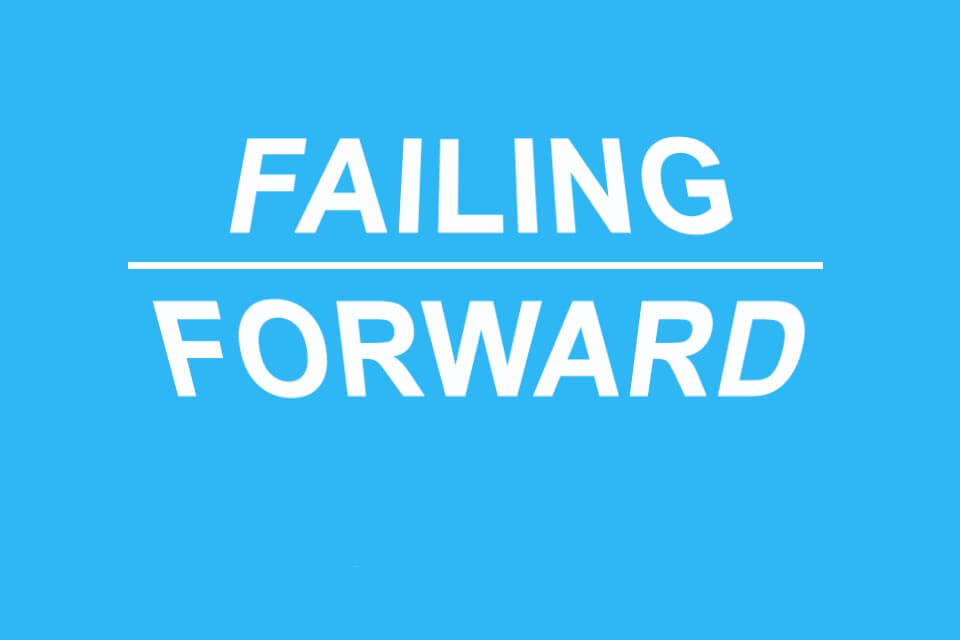What is Failing Forward?
Smartpedia: Failing Forward is a fault-tolerant approach to developing solutions that focuses on gaining experience rather than failure.
Failing Forward – learning consciously from mistakes
Failing Forward is a term for a fault-tolerant approach to the development of alternatives, products or solutions. Failing Forward is universally applicable – both in a professional environment and in the private sphere on a personal level. It describes a mindset for which the term error culture is also used today. The mindset does not equate an error with a failure, but focuses on the gain of experience. It looks to the future and propagates the use of newly gained knowledge.
“You don’t necessarily have to want to make every experience yourself” – once said Günter Grass, German writer and winner of the Nobel Prize for Literature. Accordingly, Fail Forward is not about making mistakes. It’s about learning from mistakes. Companies often try to avoid mistakes by developing best practices or by profiting from the good practices of other companies. However, it is often not possible to access such empirical values or to transfer them 1:1 to one’s own situation.
Implementation of Failing Forward
The following elements support the idea of failing forward:
- Working with tests. If it is unclear which action leads to a desired goal, different alternative variants – e.g. A and B – are tried out. This is also referred to as A-B testing. The variants enable a comparison, whereby the inferior variant also contributes to the solution without being an error.
- The development in small steps. After the first A-B test, for example, a new test could follow in which the better variant of the first test is further refined. Working with prototypes – e.g. in the course of software or system development – or designing a minimum viable product, in which as much as possible about the product, the customers and/or the business model is to be found out with as little effort as possible, are examples of iterative developments in which errors are completely normal.
- The continuous collection of feedback, e.g. in the form of feedback from stakeholders for sprint planning or during the sprint review.
- The use of retrospectives to help learn from the past and improve future collaboration during the development of a solution.
Challenges of Failing Forward
In theory, the demand for a failing forward sounds simple, but putting it into practice is a great challenge for many organisations. Cultural changes usually require a lot of time and can”t simply be instructed. Thus, organisations deprive their employees of the opportunity to learn even through error and mistakes. Or as Martin Kessel, another German writer, put it: “Error is the deepest form of experience”.
Notes:
In some publications the difference between error and mistake or misconception is pointed out. An error is the result of an action to achieve a goal that was not performed correctly, or that was known not to achieve the goal. In the case of an mistake, however, the action taken to achieve the objective is unclear. It remains to be seen whether this distinction will develop into a term such as “culture of misconception”. The road to understanding failure as an opportunity is often very long.
Here you can find additional information from our t2informatik Blog:



